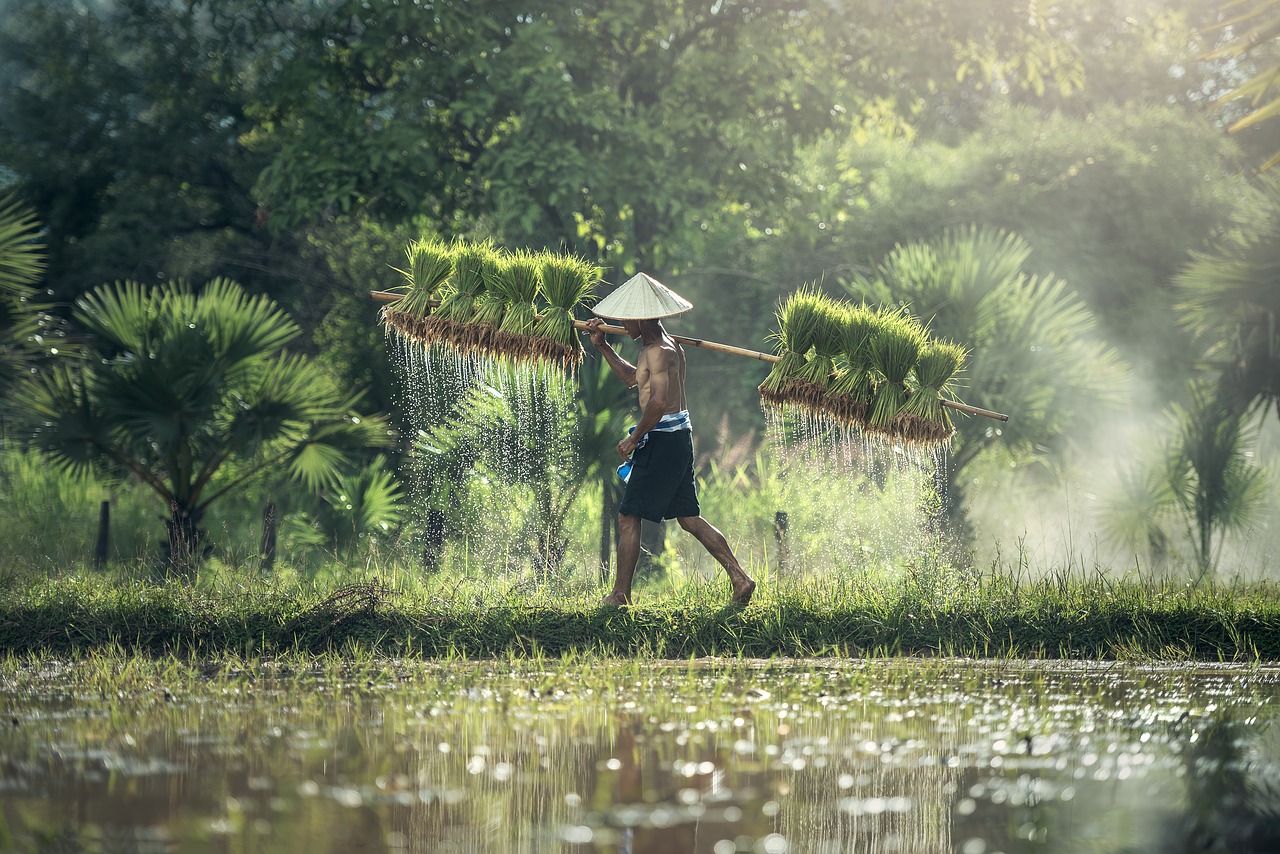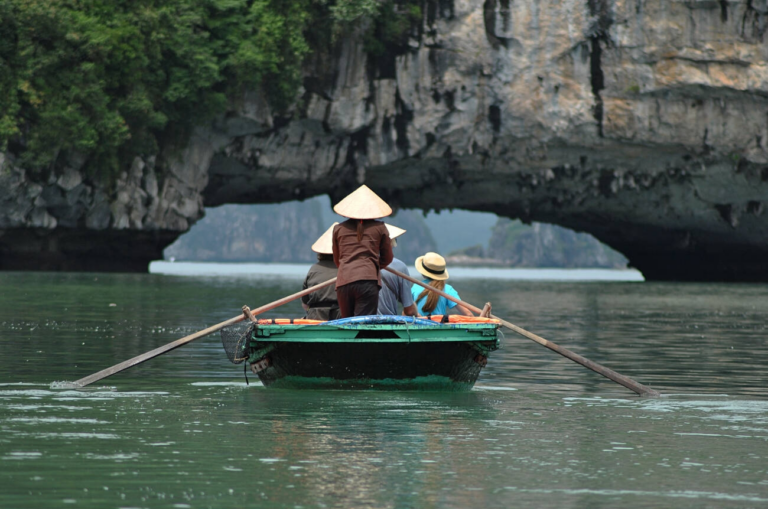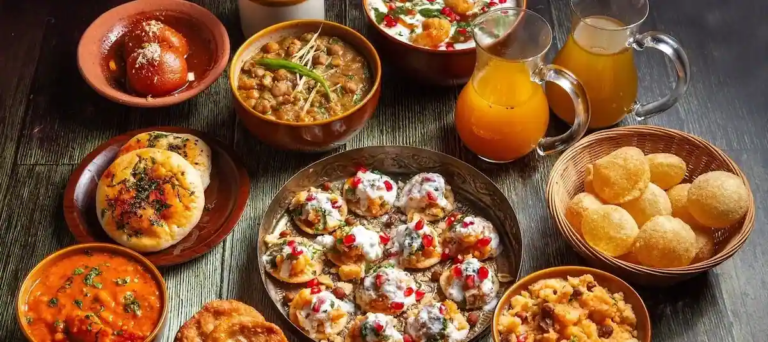
culture Javanese Agricultural
If you are on vacation and feel bored with common activities such as shopping at the mall, watching movies, and want to visit a place to explore a certain culture then try visiting Solo. Solo or also called Surakarta is one of the cities that is very thick with Javanese culture. Solo is one of the metropolitan cities in Central Java province.
As the center of Javanese culture, Solo offers a variety of unique traditions. This makes it an attractive destination for tourists who will visit Solo. Travelers can explore Javanese traditions, arts, and daily life. By exploring Javanese culture in Solo, visitors, both local and foreign, are sure to have an unforgettable experience. Every moment in the city offers an opportunity to connect with traditions that have existed for centuries. Not only watching, but also participating in various cultural events, makes us understand and appreciate this incredible heritage even more.
As a proud Javanese-born person living in Solo, I feel very fortunate to be able to witness and experience the rich and diverse cultural life in this city. Solo, or Surakarta, is one of the centers of Javanese culture that still retains its traditions and ancestral values. Every corner of this city holds deep stories and experiences, connecting the past with the present.
Exploring into Javanese culture in Solo was a journey that not only enriched my knowledge, but also strengthened my identity as a Javanese. I feel connected to my cultural roots and committed to preserving them for future generations. Solo, with all its beauty and uniqueness, is a mirror of the richness of Javanese culture that should be preserved and celebrated. In this essay, we will discuss Javanese culture in Solo including traditional arts, culinary, and community celebrations in Solo.
Traditional Arts
There are many cultural arts in Solo, for example in music and dance. Solo is the center of traditional Javanese dance and music. In the city of Solo there is a place called Keraton Surakarta, which is a royal palace, serving as a cultural center where performances of gamelan music and classical dances, such as Bedhaya and Srimpi, are held.
These performances not only entertain but also preserve historical narratives and Javanese cultural values. For the art of weapons, Solo City has a second kingdom called Mangkunegaran Palace. Here many Javanese heirlooms are kept which have their own meaning and function in the life of the palace. Both palaces are also open to the public, so both local and foreign tourists can learn and enjoy Javanese culture.
Just as an option, if you want to see other traditional weapons, there are other options that can be used as recommendations for those interested in seeing them. The Keris Nusantara Museum has a large collection of traditional weapons from all over Indonesia, including a collection of keris, spears and tridents. This was also my first experience when interning at the Keris Nusantara museum as a tour guide for one month. It stores traditional weapons, and also traditional Javanese clothes.
In addition to its unique music and dance arts, Solo is also famous for its batik art, a textile art form that uses wax dyeing. At a location called Wisata kampung Batik, it is a tourist village complex that focuses on batik crafts. Starting from the batik experience, buying souvenirs in the form of batik cloth, and tourists are also treated to a place that is fairly Instagramable, in the sense that it offers interesting photo spots.
Culinary
Culinary exploration is a major aspect of Javanese culture in Solo. Solo cuisine is synonymous with sweet and savory flavors. Take for example Serabi cake, a type of pancake made from rice flour, often served with sweet coconut milk. If you’re looking for something fresh, Solo is also synonymous with es Dawet Ayu. This refreshing drink is made from a combination of sweet coconut milk, rice flour jelly (known as “dawet” or “cendol”), and palm sugar syrup.
Food and beverage in Solo is not just about taste, it is an integral part of cultural celebrations and community gatherings. Traditional markets, such as Pasar Klewer, offer a glimpse into the local food scene, where vendors sell not only food but also traditional snacks and ingredients, fostering a sense of community and shared cultural identity.
Community Celebrations
Community celebrations play a critical part in protecting and promoting Javanese culture in Solo. Occasions such as the Sekaten celebration, held every year to commemorate the birth of the Prophet Muhammad, include an arrangement of social exhibitions, conventional diversions, and a dynamic showcase climate. This celebration exhibits the communal soul of the Javanese individuals, as families and companions come together to celebrate their legacy.
Another important celebration is the “Grebeg” ceremony, which marks the end of the fasting month of Ramadan. During this occasion, the community locks in in a parade to the Keraton, where offerings of nourishment and rural culture are displayed to the regal family. Such occasions highlight the interconnecting most profound sense of being, convention, and community in Javanese culture.
Besides its strong Javanese culture, Solo is also friendly to religious differences. Recently, Solo held an event called Grebeg Sudiro. This event was held on Chinese New Year last month. Grebeg Sudiro itself is an event that is a combination of Javanese and Chinese culture. This coincided with January 29, 2025, where I was in the crowd at the Grebeg Sudiro event.
During the event, I saw a lively procession, with lion dancers and people dressed in traditional clothing. Art performances, such as Javanese dance and gamelan music, brought the atmosphere to life. Rituals and prayers are also performed to invoke blessings for the community, affirming the hope for a harmonious life. In addition, a food bazaar offers a variety of delicious dishes from both cultures, making this event not only a celebration, but also a moment to share and respect diversity.
Conclusion
Solo, as a vibrant center of Javanese culture, showcases a rich tapestry of traditions that attract both local and international visitors. The city’s traditional arts, exemplified by the performances at Keraton Surakarta and the craftsmanship of batik, reflect the deep historical and cultural narratives of the Javanese people.
Culinary delights, such as Serabi and Dawet Ayu ice, not only tantalize the taste buds but also serve as integral components of community life and celebrations. Events like Sekaten and the Grebeg ceremony highlight the communal spirit and the importance of cultural heritage in fostering unity among diverse groups. Through its arts, cuisine, and communal festivities, Solo stands as a testament to the enduring legacy and dynamic nature of Javanese culture.
By: ULFA DELLA NATALIA
Write and Win: Participate in Creative writing Contest & International Essay Contest and win fabulous prizes.


